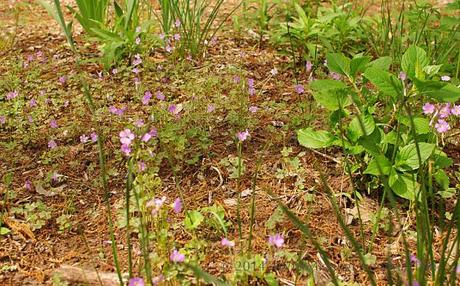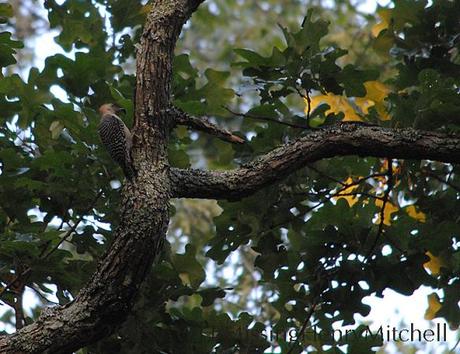I need to mulch.
Mulching is a garden chore. Although it provides a great benefit to the plants by keeping roots cool, suppressing weeds, stabilizing soil moisture and temperature, and generally making things tidy, I cannot deny that it’s not nearly as sexy a task as, say, installing new perennials from the nursery.
But in gardening as in life, pedestrian tasks outnumber the exciting ones by a wide margin. One secret to having a beautiful garden is to carve out regular time to maintain things. A second secret is to make peace with having to do those maintenance tasks. Whether you prefer to perform maintenance tasks once a week in a morning-long go, or choose instead to take 10 minutes every evening after dinner, glass of wine in hand, to tidy up one planting bed, finding what works for you and practicing it is what achieves the objective in the long term.
Changing an attitude about a chore is a practice, as surely as with yoga or perfecting a jump shot or mastering an instrument. I am practicing making my peace with weeding and mulching. I have a great deal of material on which to practice.

Oxalis violacea (violet woodsorrel) rapidly filled a bed of hydrangea, spring bulbs, and astilbes.
I’m trying to change my relationship with mulching and weeding by practicing mindfulness. Borrowing from yoga, I begin this journey with setting my intention:
- I will weed and mulch for 30 minutes.
- I will not weed without mulching, because disturbing the earth, even in weeding, brings new weed seeds to the surface. Without mulch, they will germinate in the daylight, bringing me fresh weeds and fresh aggravation.
- I will focus only on my breathing, my weeding, and the sounds around me.
There is a section of the front garden brimming with violet wood sorrel (Oxalis violacea). I was amused to learn, in doing some research on this plant, that it is endangered or threatened in five states: Connecticut, Massachusetts, Michigan, New York, and Rhode Island. (I encourage residents of those states, and those active in botanical conservation, to repopulate their own stocks from mine.) In my garden it grows and reproduces from bulbs at an astonishing pace, like the hydra which grew two heads for every one that was cut off. I hope successful management of Oxalis violacea doesn’t require the same efforts that it took Hercules to slay the hydra.
I fill a five-gallon bucket with mulch. In my other hand, I have a 2-gallon bucket and my garden knife. Sinking to my knees (must remember the foam kneeling pad!), I pull gently but firmly on the cluster of stems.
The earth, softened by heavy downpours from the recent storms, yields the bulb and all its top growth. I drop it into the 2-gallon bucket.
I move to the next cluster. Breathe.
There are so many bird sounds. I am still learning to distinguish them. Field sparrows, song sparrows, wood thrushes. Eastern towhees, northern cardinals, white throated sparrows, and Carolina chickadees. I learned last year the sound of the mourning dove, which for a long time I mistook for an owl. They nest in the neighbor’s trees.
The breeze is soft; just enough to keep me cool.
It’s quiet. Even though it is the time of day when people come home from work, I don’t hear the sounds of cars and commuters.
If the clump of Oxalis doesn’t move easily, I pry under it with the tip of my garden knife to bring up the bulb. The 2-gallon bucket now holds a half-gallon of weeds. I spread the mulch, tucking it close around the stems of newly emerged plants.
The humidity feels like a soft cotton blanket on my skin–enough to know it’s there, enough to make me feel like I am home, not so much that the air feels soupy. It’s perfect.
I hear children down the street, shouting. Are they whacking trees with sticks?
I move slowly and deliberately. When I feel myself speeding up, or thinking of my list of to-dos, I breathe and turn my focus back to the weeding and the sounds around me.
My 2-gallon bucket grows fuller. As I clear space and spread mulch gently with my fingers, I take care not to cover up the tiny sprigs of Oxalis stricta, the common yellow wood sorrel, that also peppers my garden. Those come out too, but I need tweezers. The yellow sorrel is so tiny.

Red-bellied woodpecker (Melanerpes carolinus), in one of my oaks.
For the moment, no one is shouting “Mom!,” drawing it out in two syllables. Only the birds are talking, and not to me.
Somewhere far overhead, an airplane–not a jet–buzzes slowly by.

